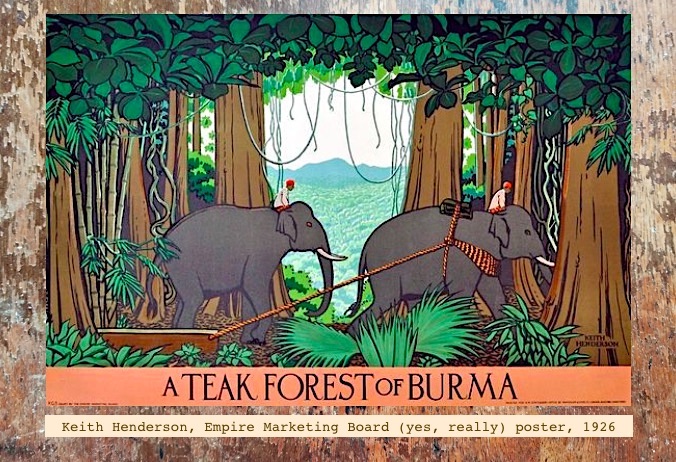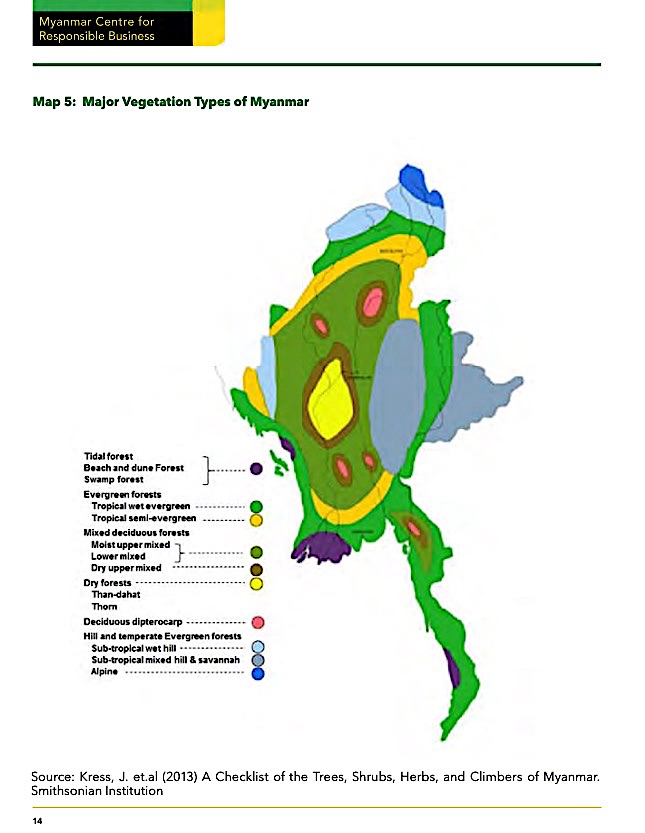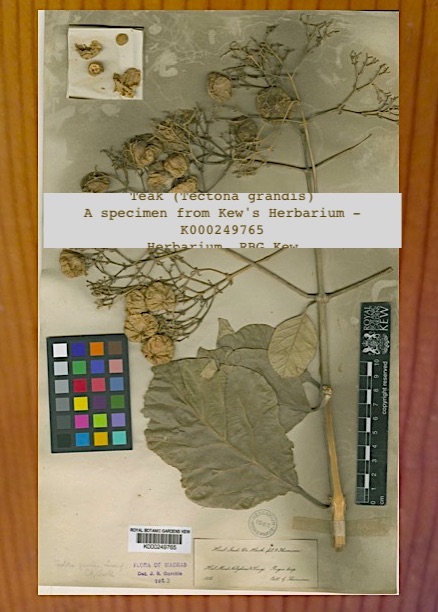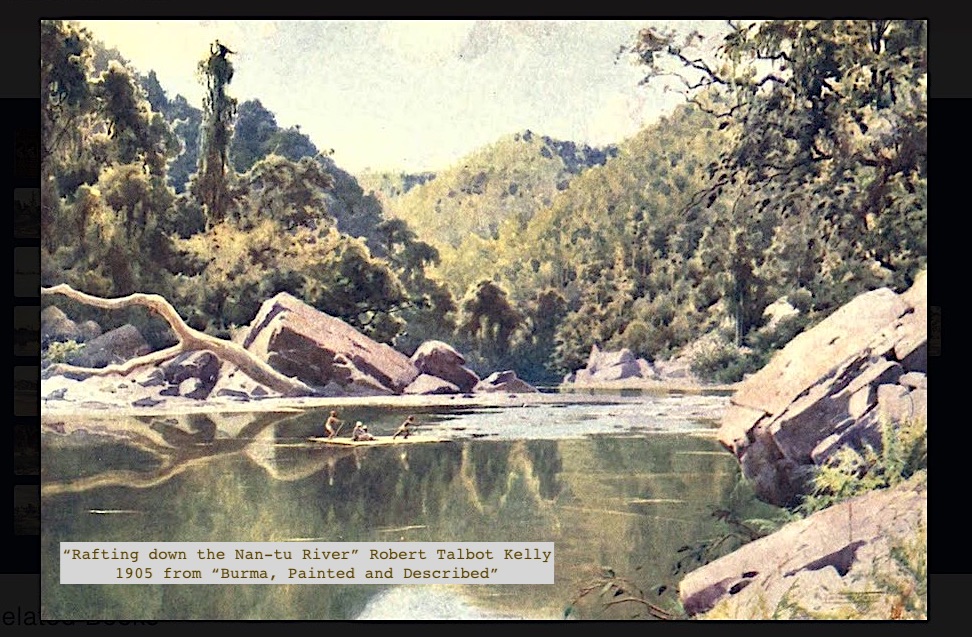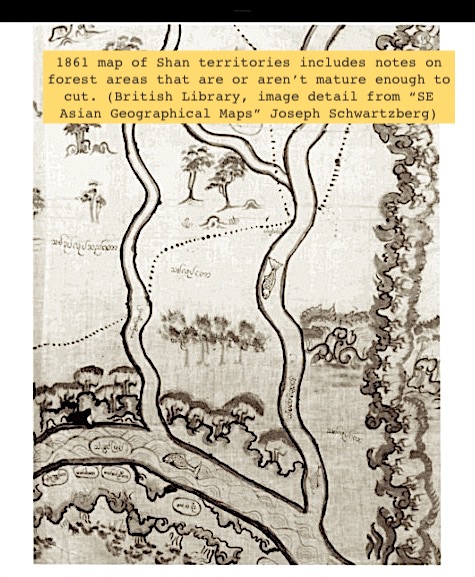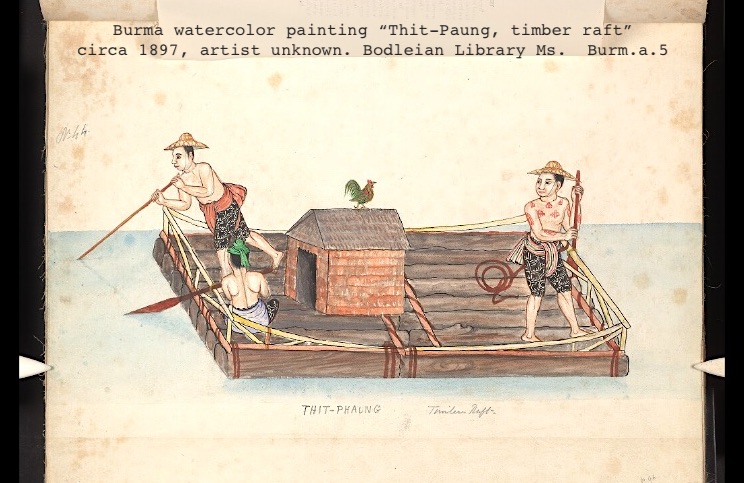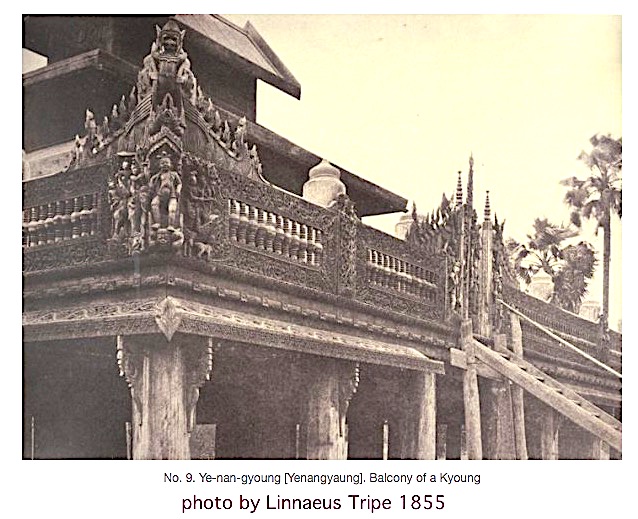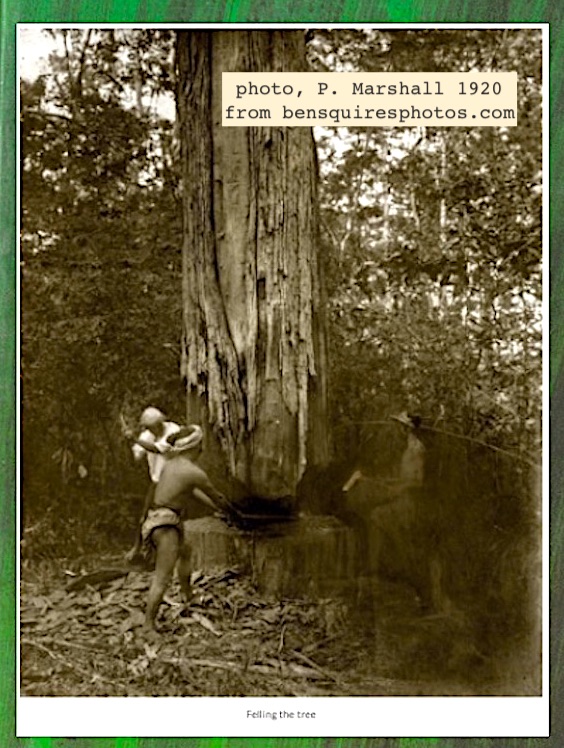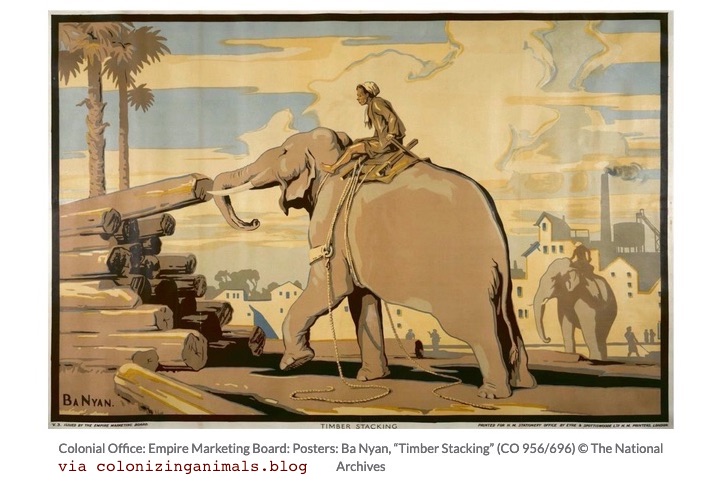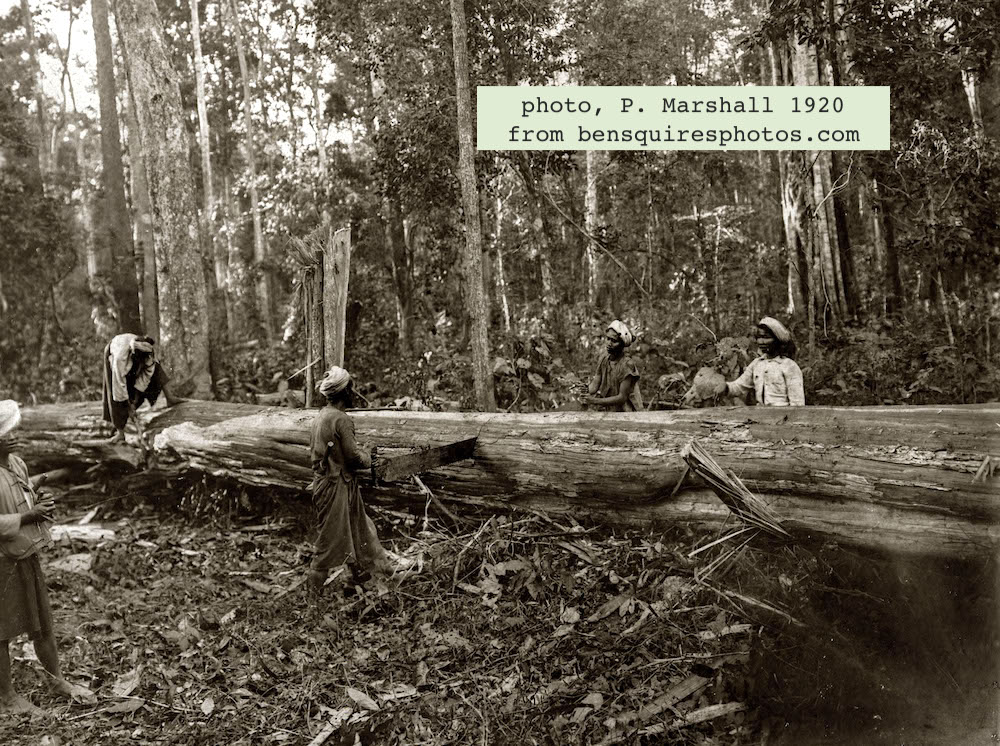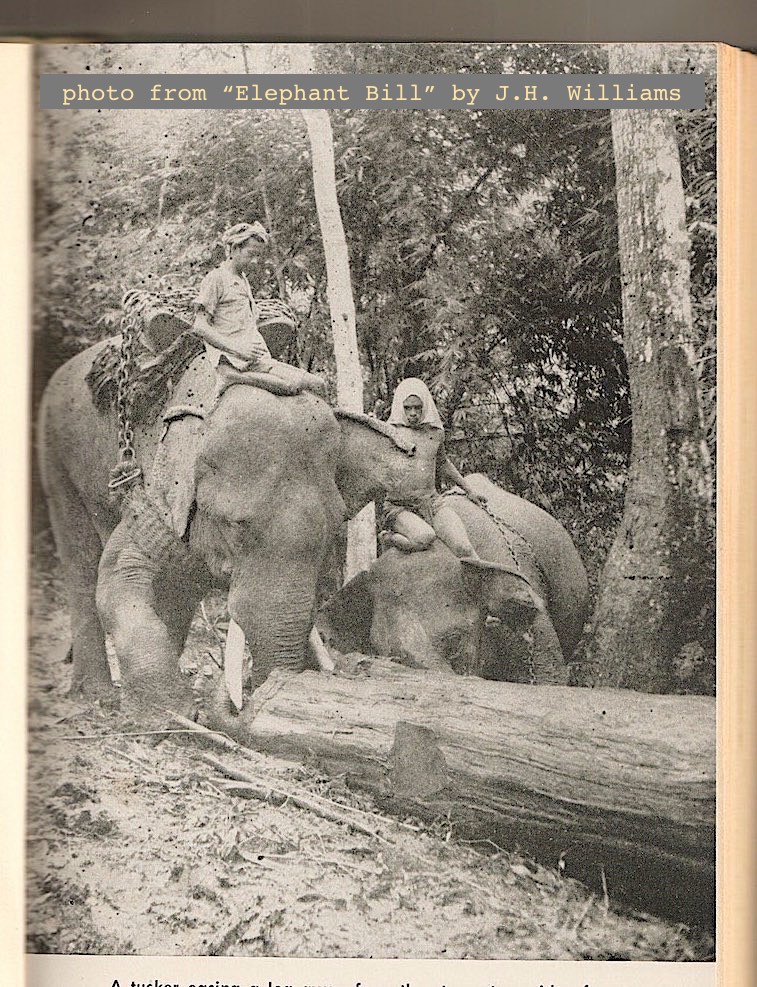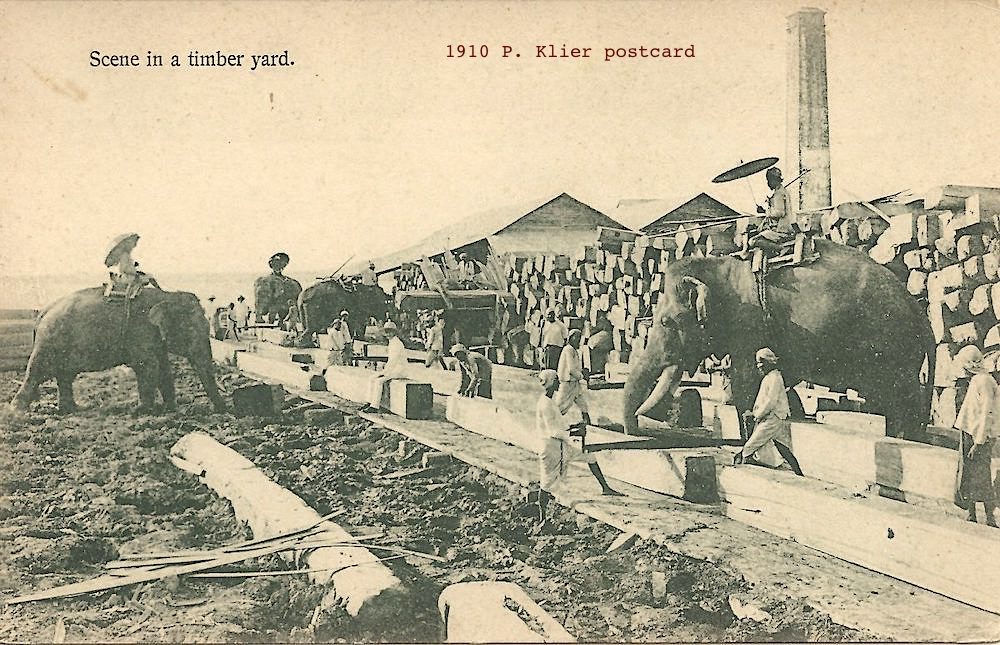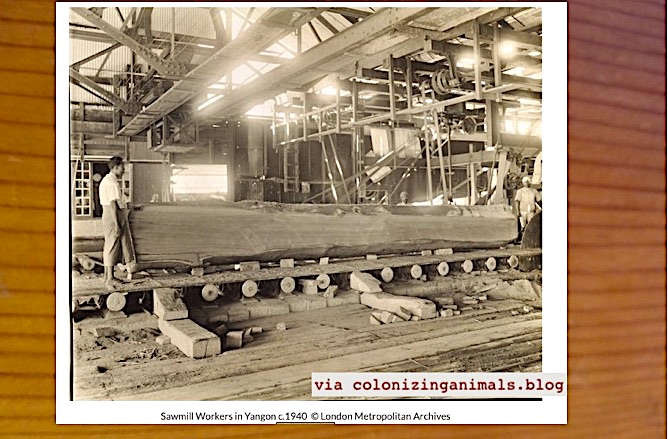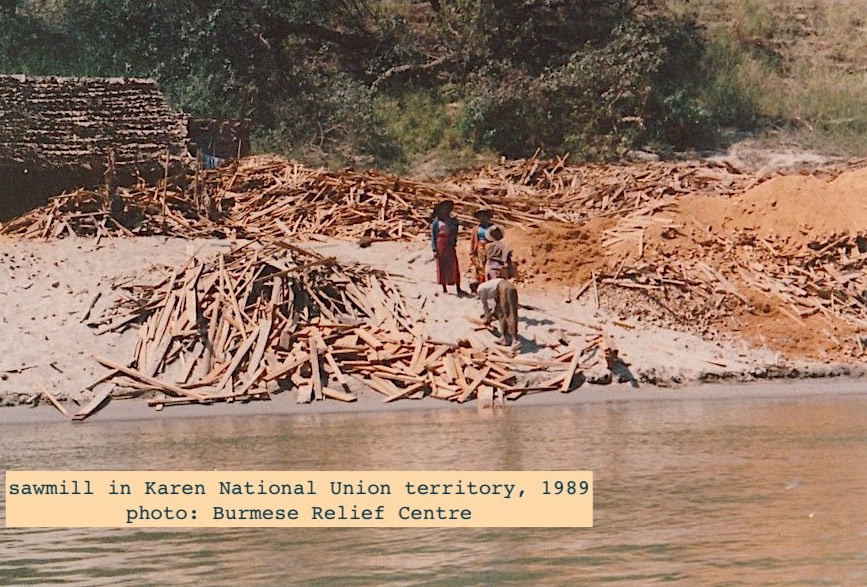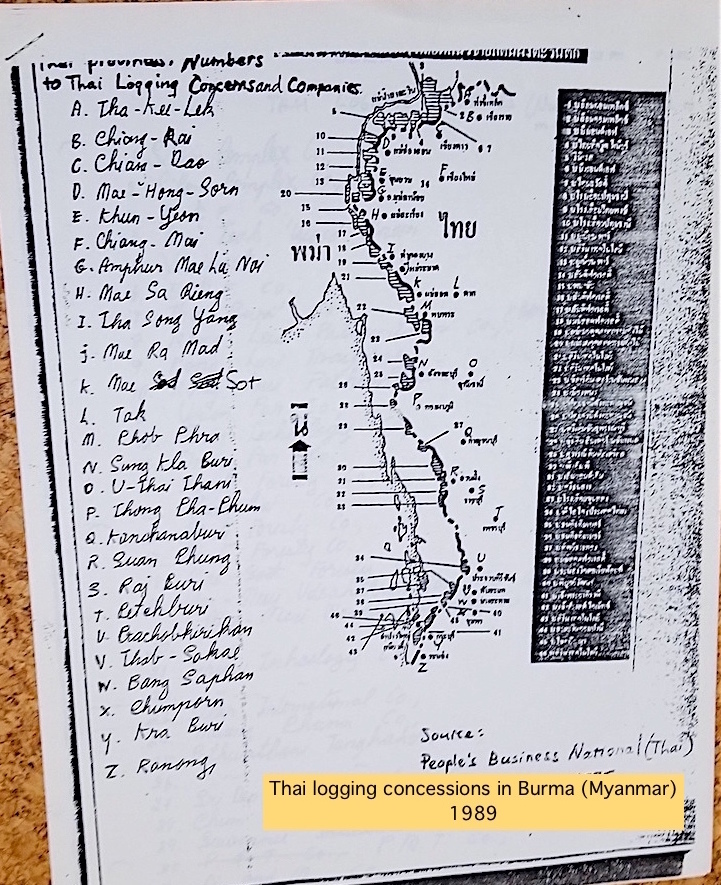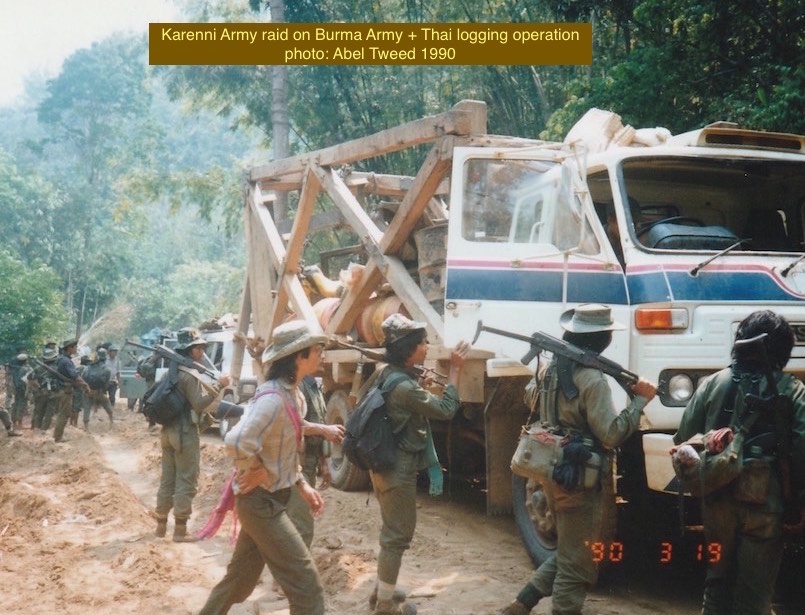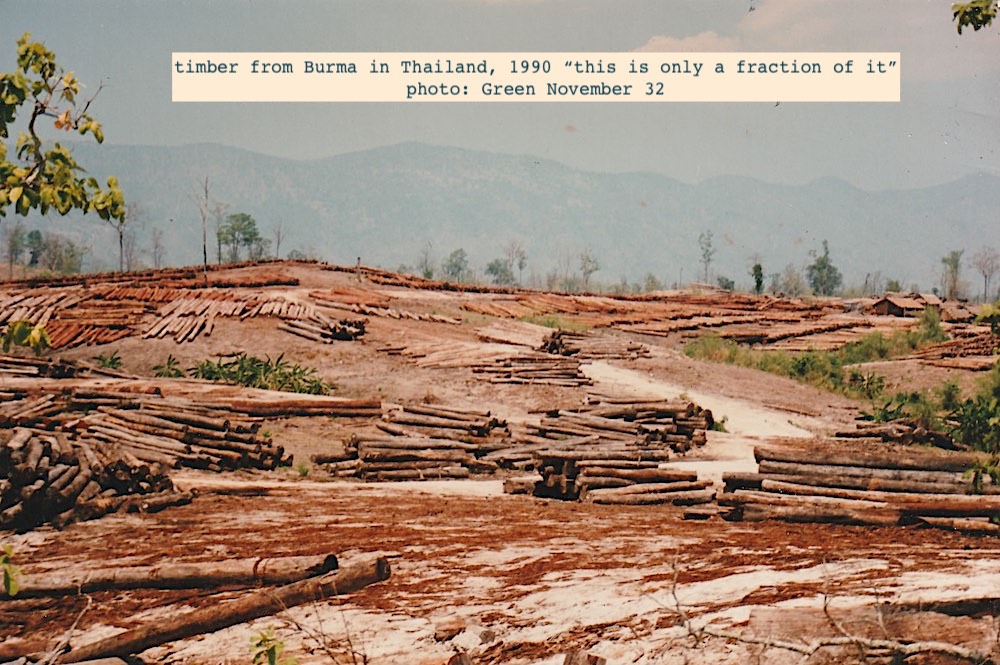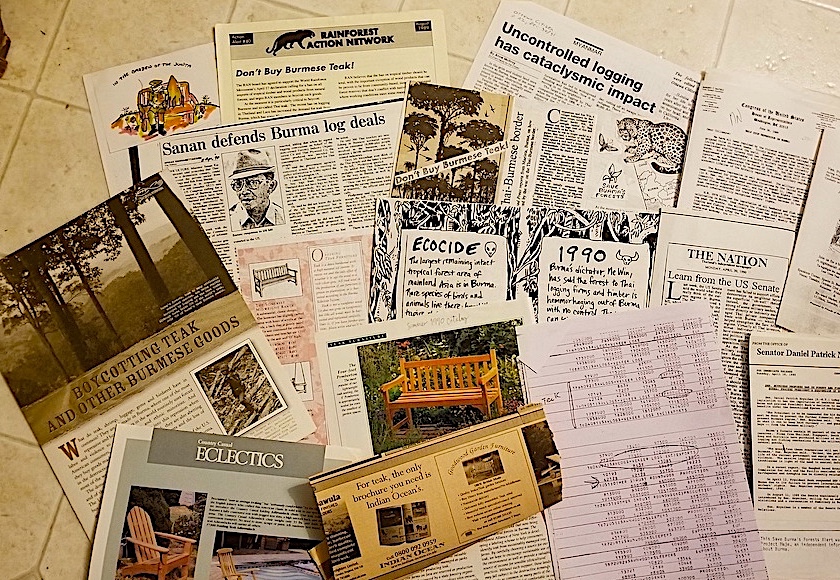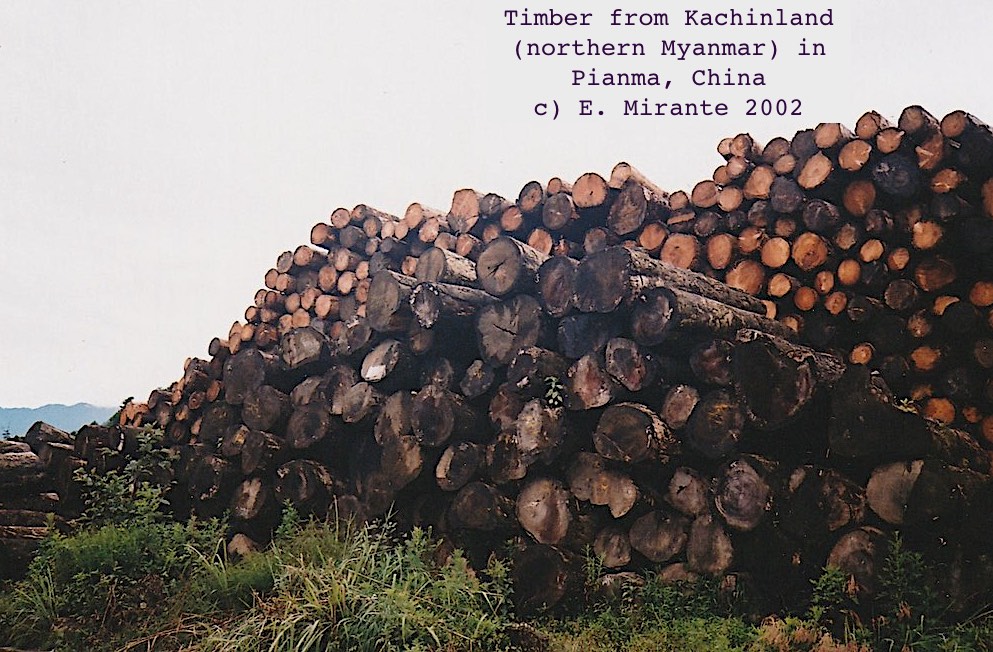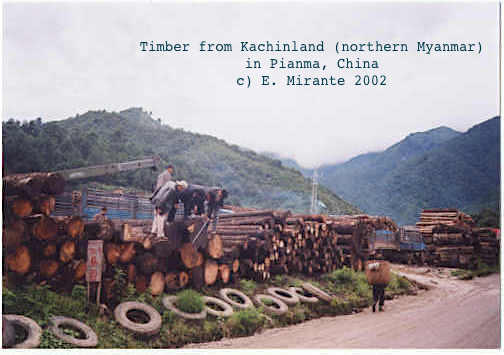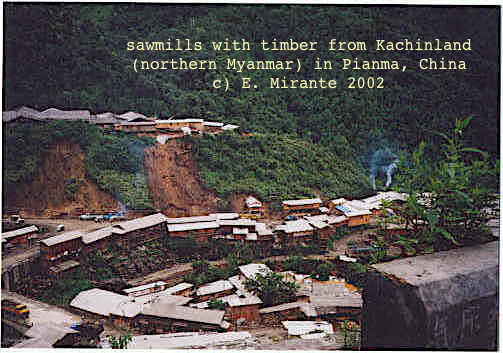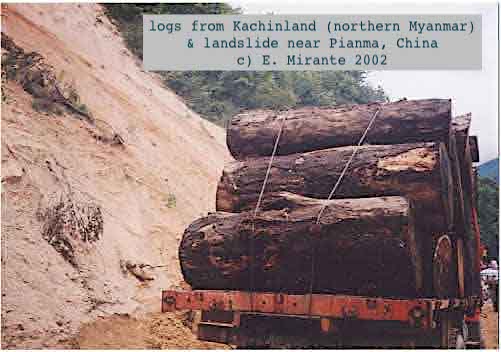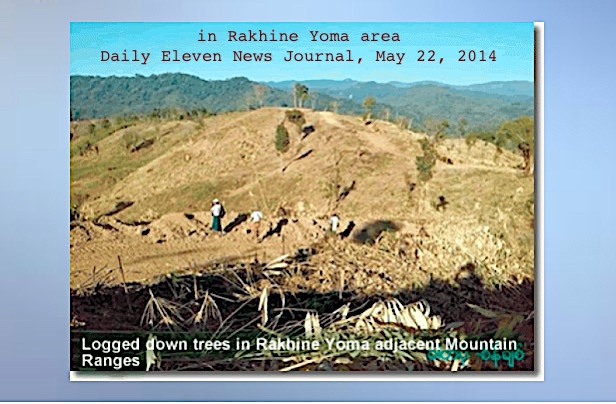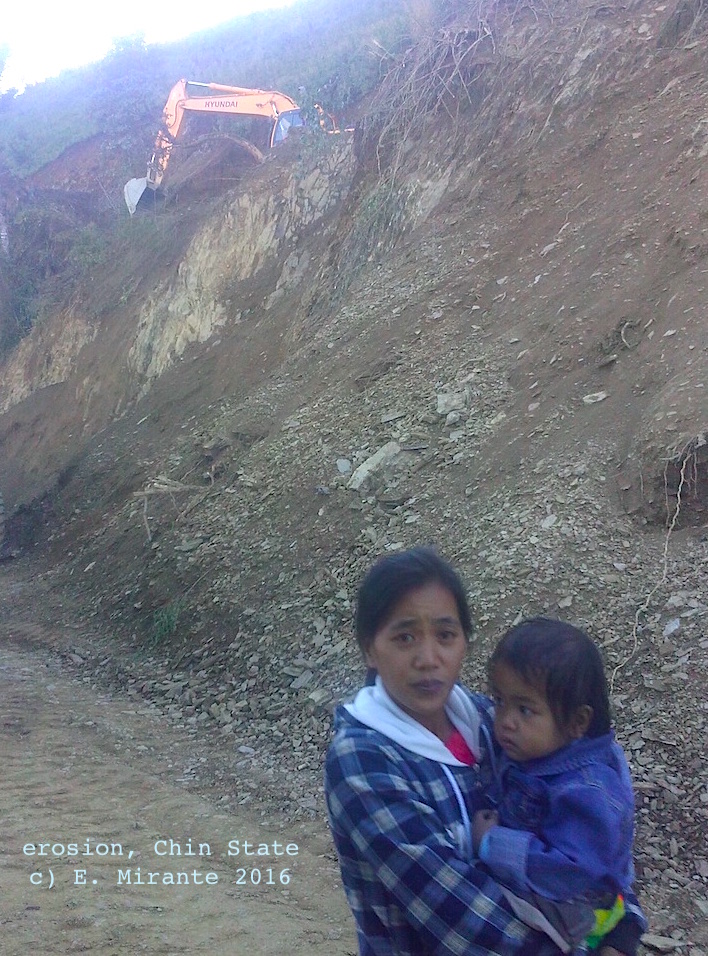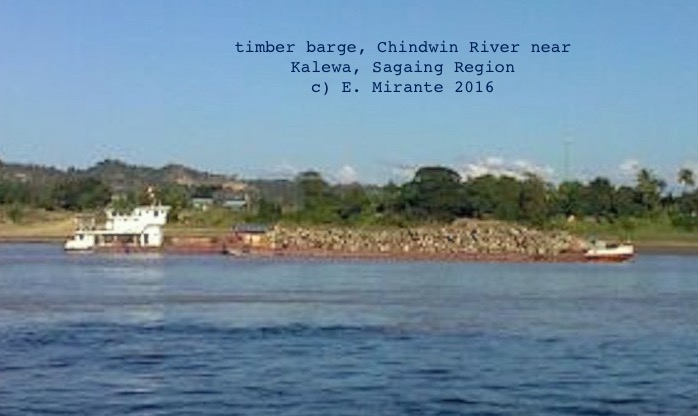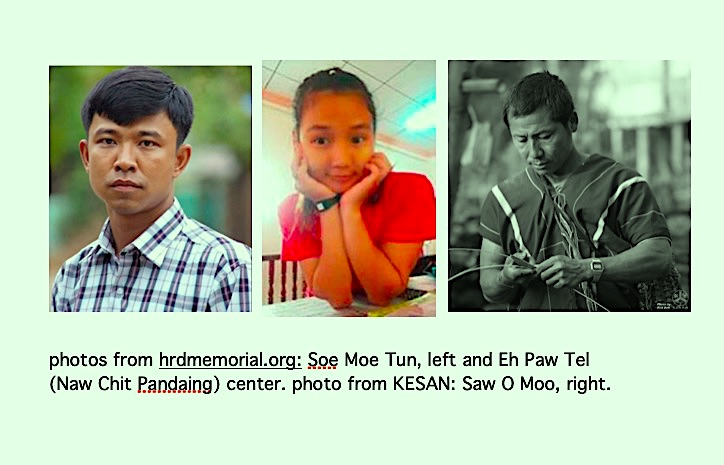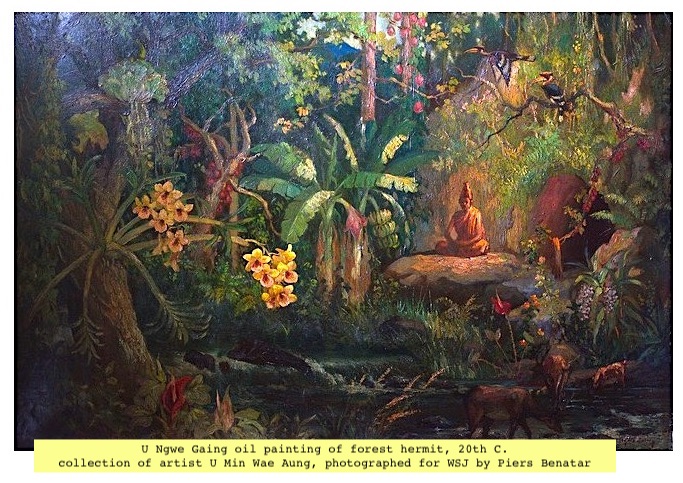1. This History Thread is about timber industry and deforestation in Burma (Myanmar.) “As of 2016, 7.1% of Myanmar's tree cover was intact forest” (Global Forest Watch.) Efforts to protect what’s left are crucial. Local journalists & activists working on enviro issues face risks.
2. Borders of Burma (Myanmar) were drawn around many varied ecosystems & climate zones (rainy, dry; hot, cold.) Dense tropical rainforests in south. Mid-elevation temperate forests known for teak. Other hardwoods include pyinkado, padauk. In northern mountain forests, conifers.
3. Inhabitants of lands that would be conquered by kingdoms & colonists to become Burma lived for millennia in proximity to forests. They used forest bamboo for their homes, rafts and tools. Forests provided animals & plants for food. And shelter when fleeing invaders.
4. As royal states rose in the lands that would become Burma trees were felled for buildings (temples, palaces), stockade walls, carts & boats and export. Elephants were used to move timber, logs transported on rivers. Selective logging was practiced with some forests protected.
5. Late 18th C when Britain conquered Burma commercial exploitation of timber high priority, esp. teak for shipbuilding. British depleted teak in Tenasserim, then adapted local practices for Burma Selection System: 30 yr cutting cycle, specified circumference & yield, replanting.
6. During British rule teak was major export despite terrain/transport challenges. Foreign timber managers took charge with companies like Bombay Burmah Trading Corp. In WW2 timber personnel & elephants deployed to Allied war effort; Japanese occupiers cut forests to fund theirs.
7. Post-independence Burma’s timber mainly for domestic use. Constant civil war & mountain terrain kept much forest land from being accessed for logging. But areas under govt/military control like Pegu Yoma over-logged & Burma Selection System abandoned.
8. In upland regions of Burma traditional swidden agriculture practiced: forest or brush cleared (often by burning) to plant crops like hill rice with fallow field rotation. It can be sustainable subsistence agriculture but requires plentiful land access. https://www.tni.org/en/publication/decriminalise-agro-forestry
9. In frontier regions where Ethnic Armed Organizations (EAO) resisted Burma’s military regime, limited logging took place so timber could be smuggled to neighboring countries. Karen National Union Kawthoolei Forestry Ministry ran sawmills & forest reserves along Thailand border.
10. In 1989 Burma (Myanmar) SLORC junta, seeking weapons funds sold logging concessions to Thailand firms, waged “Teak War” on EAOs for control of forests. Rapid, massive deforestation as Thai companies clearcut teak, other hardwoods for export as boat decks, flooring, furniture.
11. With Thailand companies logging in 1990s Myanmar (Burma) soon went from world’s 7th highest rate of deforestation to 3rd worst. International Free Burma activists & enviro groups organized boycotts of Myanmar teak products and lobbied governments for timber import sanctions.
12. Kachin Independence Army 1994 ceasefire w. Myanmar military enabled logging companies from China (deals w. govt/military, militias, KIO) to decimate biodiverse northern forests. By 2003 Myanmar worst deforestation rate in world. @Global_Witness report: https://www.globalwitness.org/en/archive/conflict-interest-english/
13. Myanmar coast mangrove forests provide storm protection, wildlife habitat. Mangroves destroyed for shrimp farming, salt production, charcoal. This left Irrawaddy Delta vulnerable to cataclysmic 2008 Cyclone Nargis. Efforts to restore mangroves ongoing. https://news.mongabay.com/2019/05/controversial-aquaculture-projects-threaten-myanmars-remaining-mangroves/
14. Although previously not a major timber-extraction region, in 2001-2010 Rakhine State ( #Arakan) had Myanmar’s highest deforestation rate (5.57%) and largest deforested area (6,376.5 km2) according to Myanmar Forest Resource Assessments, cited 2016. http://lcluc.umd.edu/sites/default/files/lcluc_documents/Deforestation_Soe_Myint.pdf
15. Since NLD govt took office in Myanmar 2016 it has imposed logging bans and emphasized law enforcement against illegal logging but still “the entire legal state forestry and timber trade sectors are riddled with corruption” according to @EIA_News 2019.
16. In recent years commercial plantation agriculture (oil palm, rubber, fruit) clears remaining forest land in several regions of Myanmar to replace with export commodities. Mining operations also encroach on forests. 2015 @foresttrendsorg report: https://www.forest-trends.org/publications/commercial-agriculture-expansion-in-myanmar-links-to-deforestation-conversion-timber-and-land-conflicts/
17. Some of Myanmar last intact forests are in remote parts of west/central Myanmar Sagaing & Magway Regions and are rapidly diminishing from corrupt illegal logging for export to China & India. Govt attempts to control illegal logging with chainsaw ban. https://news.mongabay.com/2017/05/a-fight-to-control-chainsaws-in-myanmar-could-turn-the-tide-on-illegal-logging/
18. In Chin State in Myanmar's highland west, trees are cut for agricultural clearing & firewood. Illegal timber trade from Chin State to Sagaing Region and neighboring India. Mountain watershed losing capacity for absorbing rainwater (2015 cyclone-related floods & landslides.)
19. Myanmar is one of most Climate Crisis impacted countries & Myanmar deforestation contributes to Climate Crisis. “Myanmar has highest burn rate in SE Asia & ranks 11th globally in terms of forest fires” FAO 2019. Deforestation causes landslides, floods. https://www.frontiermyanmar.net/en/is-yearly-flooding-the-new-normal/
20. Myanmar's remaining forests are wildlife habitats w. rare plants incl. botanical medicines. Even secondary growth forests nourish stream ecosystems, protect watersheds. Biodiverse reforestation can happen with #Indigenous knowledge & local involvement.
21. Goldman Enviro Prize 2020 recipient: Paul Sein Twa of @KESAN_KAREN for Karens’ Salween Peace Park, example of #Indigenous protection of natural/cultural heritage. To save Myanmar forests #LandRights need to be respected and #TroopWithdrawal is needed. https://e360.yale.edu/features/amid-tensions-in-myanmar-an-indigenous-park-of-peace-is-born
22. This History Thread is dedicated to memories of journalist Soe Moe Tun murdered 2016 while investigating Sagaing logging, Eh Paw Tel (Naw Chit Pandaing) Karen environment activist murdered in 2016 and Saw O Moo, Karen forest researcher/defender killed by govt. military 2018.
23/23. Sources incl. correspondence w. U Maung (Bernard) Gale former head of Burmese Forestry Service, papers by Raymond Bryant, @Jonathan_Saha blog. Thanks @Kevin_M_Woods & Faith Doherty! Links to my previous Burma History Threads & reports are at http://www.projectmaje.org

 Read on Twitter
Read on Twitter